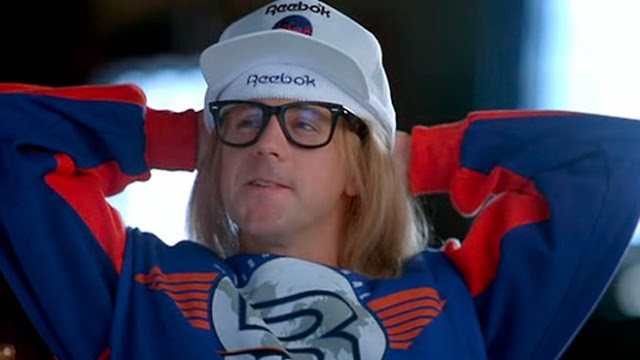Family Photos Brought to You By These Sponsors

Sydney Ember and Rachel Abrams for The New York Times:
Shereen Way did not think twice about posting a photo on Instagram of her 4-year-old daughter wearing a green dress and pink Crocs sandals.
Crocs, which Ms. Way had identified with a hashtag, pulled the snapshot from Instagram and featured it in a gallery of user-generated photographs on its website. The company had not asked Ms. Way for permission, and she was not aware that Crocs had used the photo until a reporter contacted her on Instagram.
“No one reached out to me,” Ms. Way, 37, of Pearl River, N.Y., said in a phone interview. “I feel a little weirded out.”
I’m shocked brands would capitalize on the free content available to them on Instagram.
Me, three years ago, when I quit Instagram:
I don’t know what Instagram under the new terms will be like. Maybe I’m being irrational, but I don’t think so. The truth is I don’t want to have to worry about whether my photos will be used to sell products. That is unless I’m getting a cut.
As the Times piece points out, some users whose photos are being used to sell products are being compensated:
“I’m always really excited,” said Liza Day Penney, a 23-year-old from Dayton, Tenn., whose photo appears on American Eagle Outfitter’s website. She estimated that the company has used more than half-a-dozen of her photos, and even once sent her a $25 gift card.
American Eagle Outfitters has a market capitalization of $3.22 billion. But it’s not like that $25 wasn’t well spent:
“That was one of the things, too, that really encouraged me to continue to post and continue to tag and hashtag them as I wear the clothes,” she said.
I’ve been inching closer to returning to Instagram in the past year, but stories like this remind me why I left. This sort of marketing just feels gross to me. I understand that people love brands and love sharing photos to show off their latest looks. Where it starts to feel weird is when companies capitalize on that without compensating the people who are helping sell their wares.
Stranger still is that an industry of companies like Olapic ($15 million in venture capital announced this past June) and Piqora ($7.7 million in venture capital last year, revenue in the millions), mentioned in the linked article, have cropped up around seeking out photos for brands to feature. Everyone is getting paid except the people whose work moves product. It just feels wrong.
Related to the recent conversation on the ethics of content blocking, this tidbit from Ember and Abrams’ article is illuminating (emphasis mine):
Clothing and retail brands say that featuring user-generated photos on their websites and in their Instagram feeds is an effective way to connect with consumers, who are increasingly skipping commercials, blocking online ads and generally ignoring anything that resembles traditional advertising. Taking photos from social media accounts is also often cheaper and faster than creating a traditional marketing campaign.
Like I said last week: “Advertising isn’t going anywhere.”